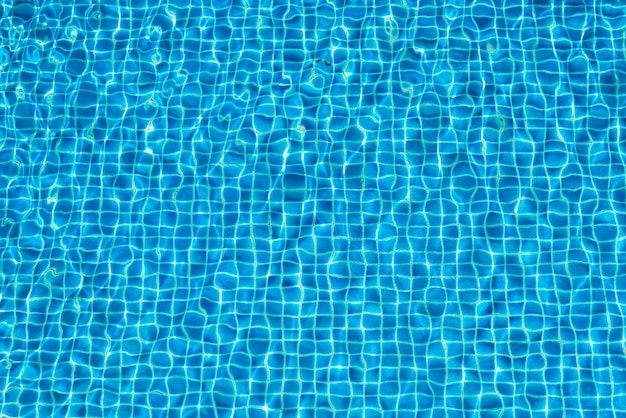Can swimming be your only exercise?
Swimming is a popular sport and exercise that has been around for many years. It is a low-impact exercise that can be done by people of all ages and fitness levels. Many people wonder if swimming can be their only exercise. The answer is yes; swimming can be a great way to get fit and stay in shape.
The benefits of swimming
Swimming provides a full-body workout that engages all of your muscles. It is an excellent cardiovascular exercise that can improve your heart and lung health. Swimming can also help you maintain a healthy weight, improve your flexibility, and reduce stress.
According to the American Heart Association, swimming can lower your risk of chronic illnesses such as heart disease, stroke, and diabetes. Swimming can also improve your mental health by reducing anxiety and depression.
How often should you swim?
The frequency of your swimming workouts depends on your fitness goals. If you are using swimming as your only exercise, it is recommended to swim for at least 150 minutes per week. This can be broken down into 30 minutes of swimming five days a week.
If you want to increase your endurance or speed, you can swim for longer periods or add more days to your swimming routine. It is important to listen to your body and not overdo it.
What strokes should you do?
Swimming offers a variety of strokes that can work different muscles in your body. The four main strokes are freestyle, backstroke, breaststroke, and butterfly. Each stroke provides a unique workout that can help you achieve your fitness goals.
Freestyle is the most common stroke and provides a full-body workout that can improve your endurance. The backstroke targets your back muscles and can help improve your posture. Breaststroke engages your chest, arms, and legs and can help build strength. The butterfly is the most challenging stroke and can help you build endurance and strength.
Additional equipment
To get the most out of your swimming workouts, you may want to consider using additional equipment. This can include goggles, swim caps, and earplugs to make your swimming experience more comfortable.
Swimming fins and kickboards can also be used to provide resistance and help you target specific muscle groups. They can also be used to improve your technique and form.
Precautions
While swimming is a low-impact exercise, it is important to take precautions to avoid injury. Make sure to warm up before swimming and stretch after your workout. This can help prevent muscle strains and other injuries.
If you are a beginner, start slowly and gradually increase the intensity of your workouts. It is also important to stay hydrated and take breaks if you feel fatigued.
Conclusion
Swimming can be your only exercise and provide a great way to get fit and stay in shape. It offers a variety of strokes that can target different muscles and provide a full-body workout. Swimming also has numerous health benefits and can help you maintain a healthy weight and reduce the risk of chronic illnesses.
If you are considering swimming as your only exercise, start slowly and gradually increase the intensity of your workouts. Remember to take precautions to avoid injury and listen to your body. With a consistent swimming routine, you can improve your fitness and overall health.
| Swimming Strokes | Main Muscle Groups Targeted |
|---|---|
| Freestyle | Arms, shoulders, back, core, legs |
| Backstroke | Back, shoulders, arms, core, legs |
| Breaststroke | Chest, arms, legs, core |
| Butterfly | Arms, shoulders, chest, core, legs |






